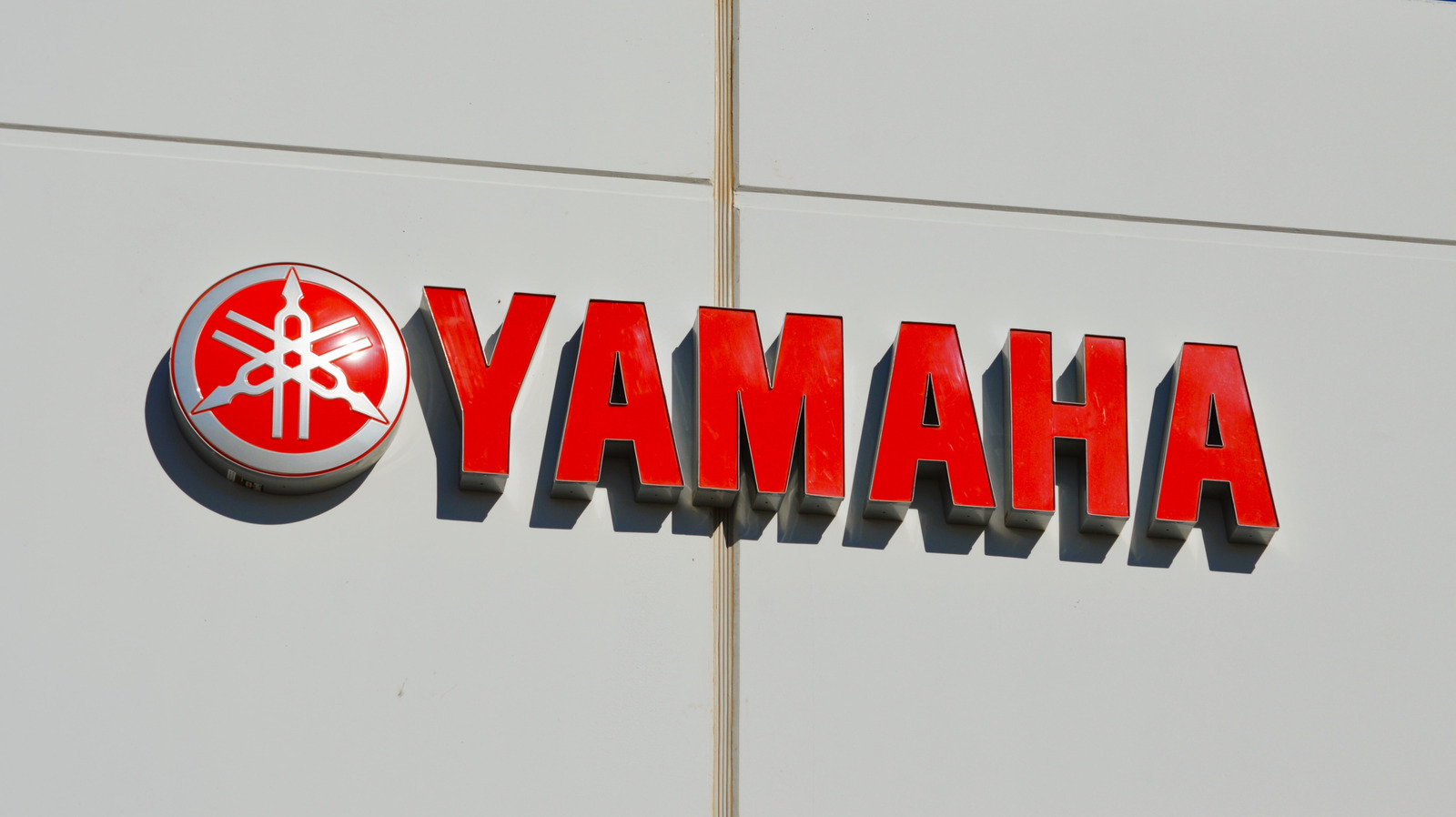Yamaha has expanded its product offerings with a new line of multi-purpose engines designed for a variety of industrial applications. With a range of options spanning from 64cc to 400cc, these engines are tailored for tasks such as agricultural machinery, construction equipment, and power generators. This move underscores Yamaha’s commitment to innovation across multiple sectors, leveraging its decades of experience in engine production.
The company’s multi-purpose engines are categorized into three distinct lines: the EH Series, MX Series, and MZ Series. Each line boasts features that enhance performance and usability in challenging environments. Designed to endure severe conditions such as extreme temperatures, dust, and prolonged operation, these engines meet the demands of industrial users.
Engine Features and Innovations
Yamaha’s engineering team has introduced several innovative features across its engine lines. The MX and MZ series highlight the “Clean P.T.O. Face” design, which facilitates easier mounting without obstructing exhaust components. This feature allows for greater flexibility in application, making these engines suitable for various uses.
In terms of performance, models like the MX250, MX300, MX360, and MX400 incorporate advanced technologies such as “HEMI head” design and V-valve layouts. These advancements provide optimal combustion chamber geometry, enhancing fuel efficiency and overall performance. The inclusion of offset cylinder bores in the MX360 and MX400 models further reduces friction and heat, potentially prolonging engine life.
Additionally, Yamaha offers a selection of air filters tailored to different operational needs. For example, the MZ line features options such as a “silent semidry” filter for low dust environments and a “semi-cyclone” filter for heavy dust applications. These various filters work together to ensure the longevity of the engines.
User-friendly designs also include dual-side oil gauges for straightforward maintenance and an angle-adjustable polymer starter case, which can be adjusted between 45 to 60 degrees. Moreover, the engines are equipped with microwave-hardened crank and camshafts, alongside patented Stelite and Tufftride metal treatments on valves, ensuring high temperature resistance and durability. Each engine also complies with the emission standards of the regions in which they are sold.
Considerations for Automotive Applications
While Yamaha’s engines are versatile, using them in automotive applications raises several challenges. Although some Yamaha engines have found their way into cars, they typically do so through standard vehicle designs. The concept of retrofitting a general-purpose motor into a car presents significant hurdles that may deter enthusiasts.
One primary concern is performance mismatch. Automotive engines require rapid throttle response and consistent performance across a wide range of RPMs. In contrast, general-purpose engines are designed for sustained operation under load, as seen in power generators running for extended periods. This fundamental difference can lead to inadequate performance for automotive use.
Installation complexities also pose challenges. Mounting a non-automotive motor into an engine bay can be problematic, often resulting in compatibility issues with existing transmission systems and engine mounts. Additionally, the absence of integrated systems like power steering, air conditioning, and necessary sensors can compromise vehicle safety and functionality.
The financial implications should not be overlooked either. The costs associated with modifying a vehicle to accommodate a Yamaha engine may outweigh any perceived benefits. Furthermore, safety and regulatory issues are critical considerations. Many regions have strict regulations regarding vehicle modifications, and while there may be some leeway for custom installations, these are generally exceptions rather than the norm.
Given these factors, Yamaha does not recommend using its general-purpose engines in standard vehicles. While theoretically possible, practical considerations make such applications impractical for everyday driving scenarios.






































































